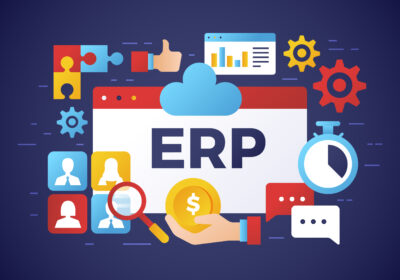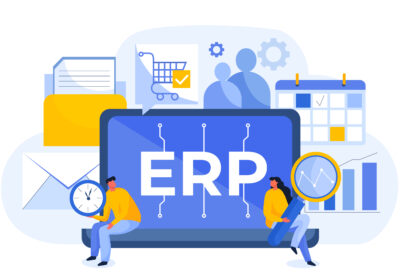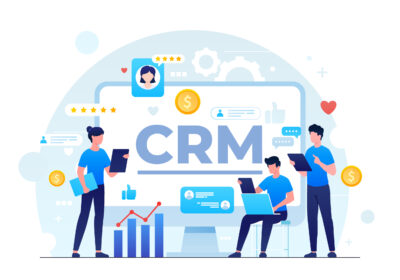In 2025, Dubai’s ERP vendors are locked in a race to out-feature each other. AI dashboards. Blockchain. Digital twins. Predictive everything. On paper, the offerings are impressive. But talk to the CFO of a mid-sized logistics company in Jebel Ali or the IT head of a growing F&B chain in Business Bay, and you’ll hear a different story:
“Our ERP does a hundred things — we only needed twenty, and half of them don’t work the way we need.”
It’s time to talk about the feature bloat in Dubai’s ERP market — and the growing gap between what’s being sold and what businesses actually need.
What ERP Vendors in Dubai Are Offering Today
Most ERP platforms in the UAE are throwing in the kitchen sink:
-
Hyper-personalized dashboards with AI-based forecasting
-
Blockchain traceability for inventory
-
Digital twin modeling of factory floors
-
Chatbots and voice assistants for employee interactions
-
Gamified user experiences for task completion
-
Multilingual support across 30+ languages
-
Metaverse-ready modules (yes, still being pitched in 2025)
These features sound futuristic — and they are. But most UAE businesses don’t need futuristic. They need functional, compliant, and localized.
What Dubai Businesses Actually Need From ERP
Let’s look at what’s practically required on the ground — and what’s often missing:
1. Real Localization, Not UI Translation
ERP vendors check the “localization” box with Arabic language support and minor UI tweaks. But real business challenges require:
-
Built-in UAE VAT compliance
-
Seamless WPS payroll processing
-
Automated ESR documentation
-
FTA-aligned e-invoicing (and ZATCA readiness for regional scalability)
These are non-negotiables — yet they’re often treated as optional add-ons.
2. Faster Time-to-Value, Not More Customization Loops
Dubai businesses scale fast. They don’t have 12 months to “customize” an ERP.
They need:
-
Pre-built templates for retail, logistics, manufacturing, and distribution
-
Out-of-the-box integrations with local banks, logistics partners, and marketplaces
-
Rapid onboarding workflows for users, not endless configuration cycles
3. Lean, Modular Pricing — Not Enterprise Lock-In
Many ERP vendors in Dubai still operate on legacy licensing models:
-
Per-user pricing (even for read-only users)
-
Mandatory multi-module bundles
-
Expensive upgrade and support contracts
What’s actually needed is:
-
Role-based pricing (finance-only, warehouse-only, CRM-only)
-
Pick-and-pay modules
-
Startup and SME pricing plans that grow with the business
4. Operational Visibility — Not Vanity Dashboards
Business leaders don’t need animated graphs and AI-generated summaries that look good in demos. They need:
-
Accurate cash flow forecasting
-
Live stock and order status
-
Real-time tax liability reporting
-
Workflow bottleneck alerts
Function over flash — that’s the need.
5. Mobile That Works in the Field
Many ERP mobile apps are little more than notification centers. For field teams in logistics, sales, or maintenance, this is useless.
What’s needed is:
-
Full workflow execution from mobile (approvals, order creation, invoicing)
-
Offline mode with sync-on-connect
-
Geo-tagging and delivery capture for field ops
The ERP Vendor Mindset Shift Dubai Needs
The market doesn’t need more features. It needs more relevance.
Dubai’s ERP customers want to:
-
Be compliant without hiring a team of consultants
-
Go live in weeks, not quarters
-
Get insights that drive margins, not graphs that impress investors
-
Scale across the GCC without redoing their ERP
-
Manage operations from a phone — not a desktop terminal
Feature Fatigue Is Real. ERP Must Simplify.
In 2025, the real differentiator for ERP platforms in Dubai won’t be the number of buzzwords in the brochure — it will be how well they understand local business reality.
ERP vendors need to stop showing off what’s possible and start delivering what’s practical.
Otherwise, businesses will keep paying for features they never use — and eventually, they’ll switch to solutions that respect their time, budgets, and context.




